Agnieszka Pasko is a fine art photographer, focused on telling stories. Her work explores complex concepts of what it means to be human, in vivid colorful images that show a high level of creativity and technical skill. The perfect mix of imagination and attention to detail.
An image that doesn’t tell a story is not doing its job well. Even an image that, at first glance, appears simple once inspected has layers. Agnieszka was previously featured on 500px for her Lockdown Series, where she rose to the challenge of COVID restrictions and made art that helped her process everything happening. What resulted was a dance between props, herself as the subject and the lens. The final product was painterly images that took us into a fantasy world.
Today the talented photographer will take us through her new series: Lacuna.
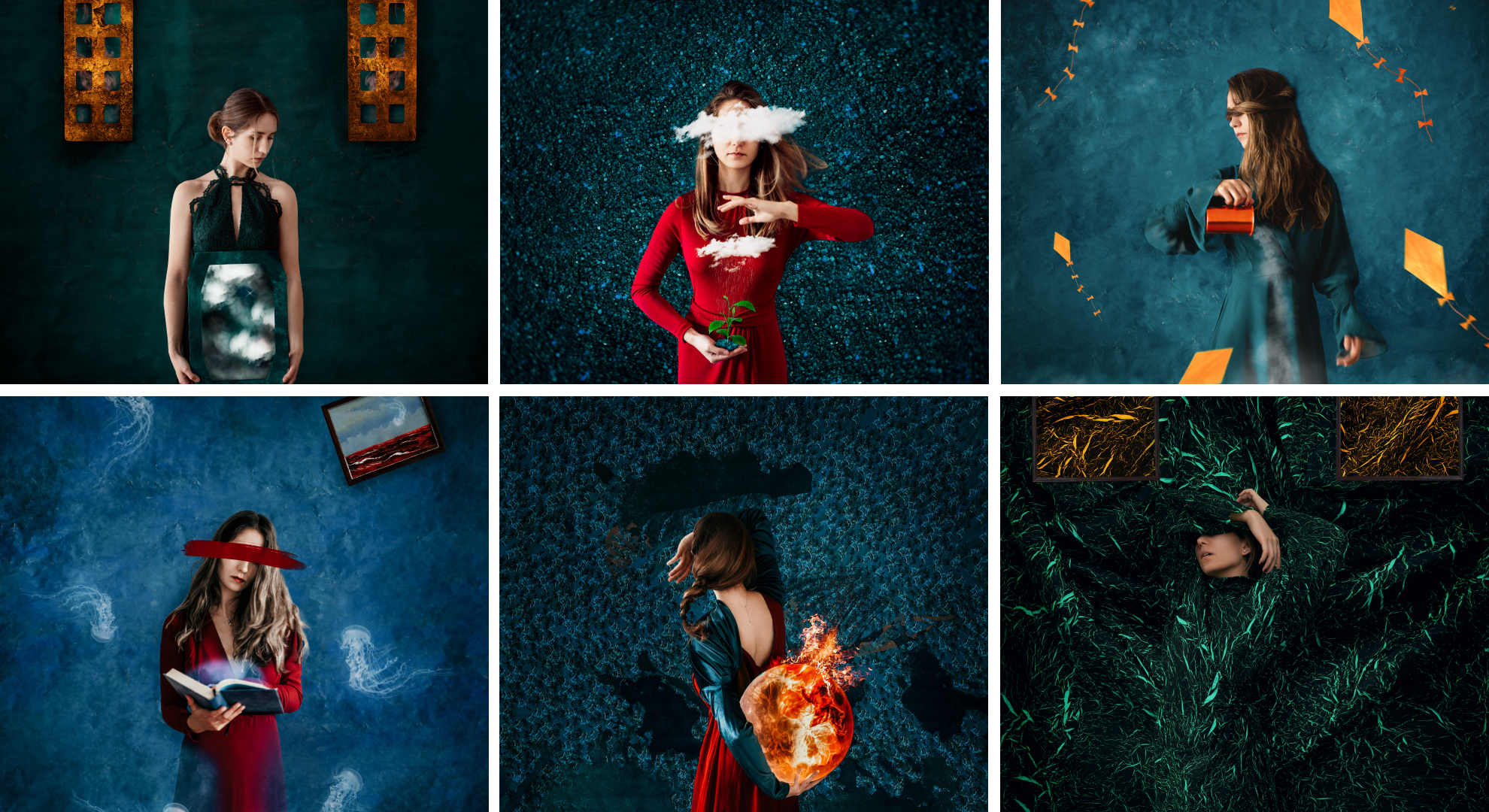
Hi Agnieszka, and welcome back! Please introduce yourself to those new here.
Hello! My name is Agnieszka, I’m 26 years old, I live near the sea in Gdansk, Poland. I started my photography journey in high school and since then, it has become a big part of my life. I describe myself as a fine art, conceptual photographer, and I also work as a retoucher (that’s how I make a living). Photography is my hobby and my source of good energy and strength.
Right now, most of my pictures are self-portraits. I shoot all of my images on a Nikon D610 with a 50mm Nikkor lens, in my room on a white wall, and then composite it all in Photoshop.
We can’t wait to dive into your latest series, but first, we’d love to hear your origin story. What got you started as a conceptual photographer?
I always like pictures that reveal something new, some different worlds, characters, and stories. I love to stare at photographs and think about what the photographer means and how he/she did the shoot.
I used to shoot some fashion and portraits, but then I started to add some small surreal elements (like covering eyes, adding some flowers, and small manipulations). When I decided to focus on self-portraits, I could experiment with anything I imagined, not caring about the final result and what the model would say.
So, I could experiment with different stuff by myself, like sitting in a suitcase and pouring some water onto my head, because, why not.
Your Lockdown Series really showed your ability to get creative during challenging times. How did you come up with the concept for Lacuna?
A few years ago, I saw this word somewhere on the Internet on a beautiful dark background. It was defined as “a blank space, a missing part”. I thought that, someday, I would love to use it to title my photo series.
During covid lockdown, a lot of things changed. I realized that in this whole year, everyone misses something or someone. This pandemic was a big pause for the world, so I decided to turn all my feelings into art, and create some surreal photos with portals with silhouettes fading into the background, and some other weird elements. And the title, Lacuna, fits perfectly with my ideas. Also, I applied for a scholarship, so It was a perfect time to begin a new series of images.
Many people avoid this idea of lack/emptiness, but you leaned into it instead. What are some tips you’d give to other creatives to make the most of that sense that something is missing?
For me, it works as a great source of inspiration. When you’re missing something (person, love, another country, another life), you are feeling very strong emotions. If it works for you, you can use it to create a completely new, different reality.
So, my tip would be to not be scared of your emotions—each one is important and can tell a story.
From a more technical point, I used to think, “If I had a professional studio and lights, I could do so much more”. But I dropped that thought and started to work with the things around me. It turns out that you don’t need expensive equipment—a white wall and your imagination are enough.
Could you walk us through the process behind creating the image Graffiti Style?
In this series, I was mixing painting, sculpting, and other art with photography and photo manipulation. For Graffiti style, I was trying to do some paint pouring that looks like graffiti, but I’m not a professional painter, so I took a cardboard box and made a hole inside. Then, I used acrylic paint, mixed with a pouring medium, and spilled it on my cardboard. By using a hairdryer and a straw, I created shapes and patterns. And then, I posed with this painted cardboard. You can see the whole process on my Instagram.
Are there any lessons learned from creating during a global pandemic that you will continue to incorporate into your practice?
To be more patient and understanding with yourself. Not every photo has to be perfect—some of them just lead you to another idea, another “level” of creating.
Now that things are beginning to open back up, do you have any exciting plans or future projects on the horizon?
First of all, some holidays to clear my head and rest. However, I’ve already started thinking of some new projects. Potentially working with a mix of photos and video.
For more from Agnieszka and her process videos check her out on Instagram.
Not on 500px yet? Sign up here to explore more impactful photography.

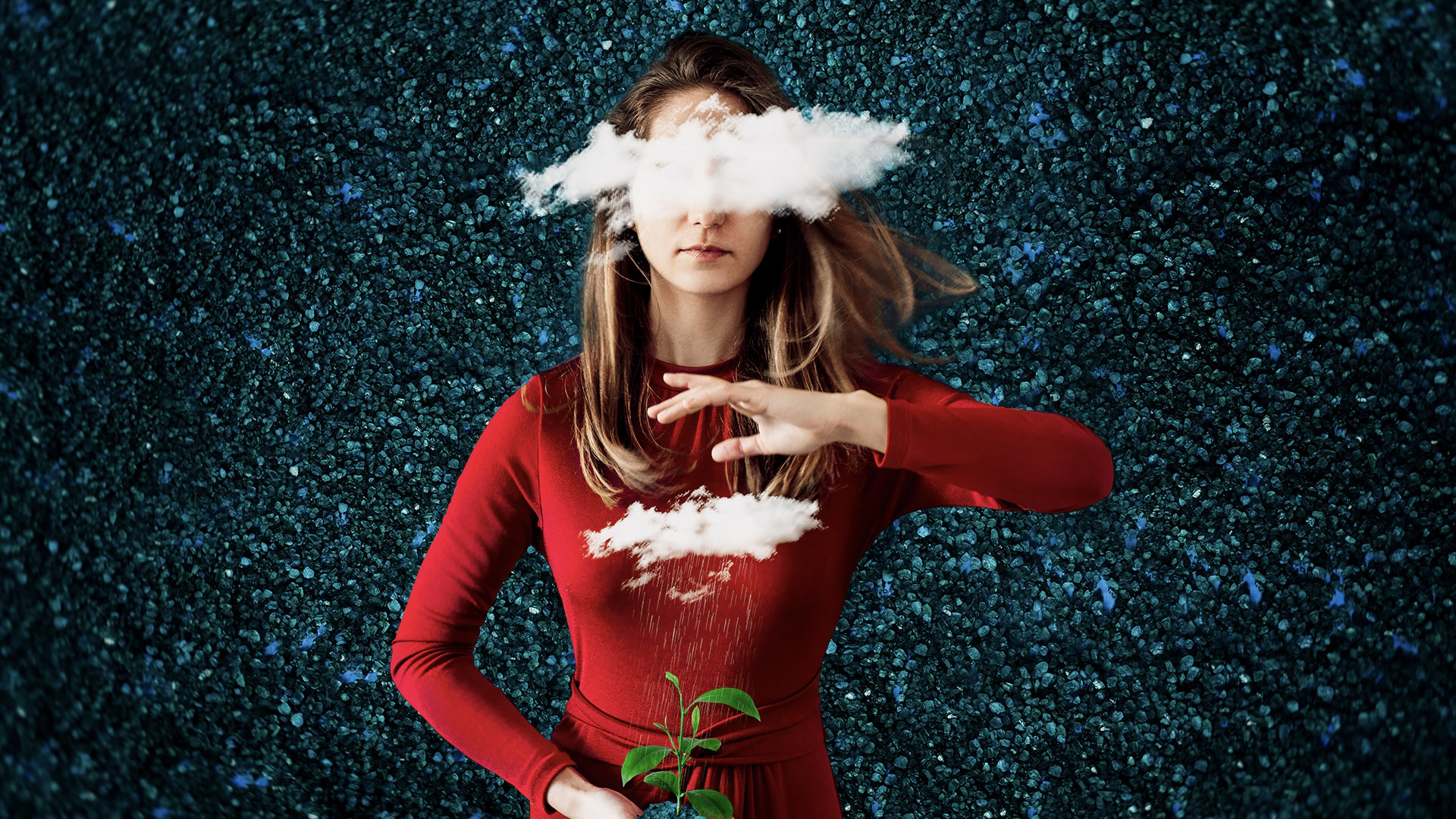
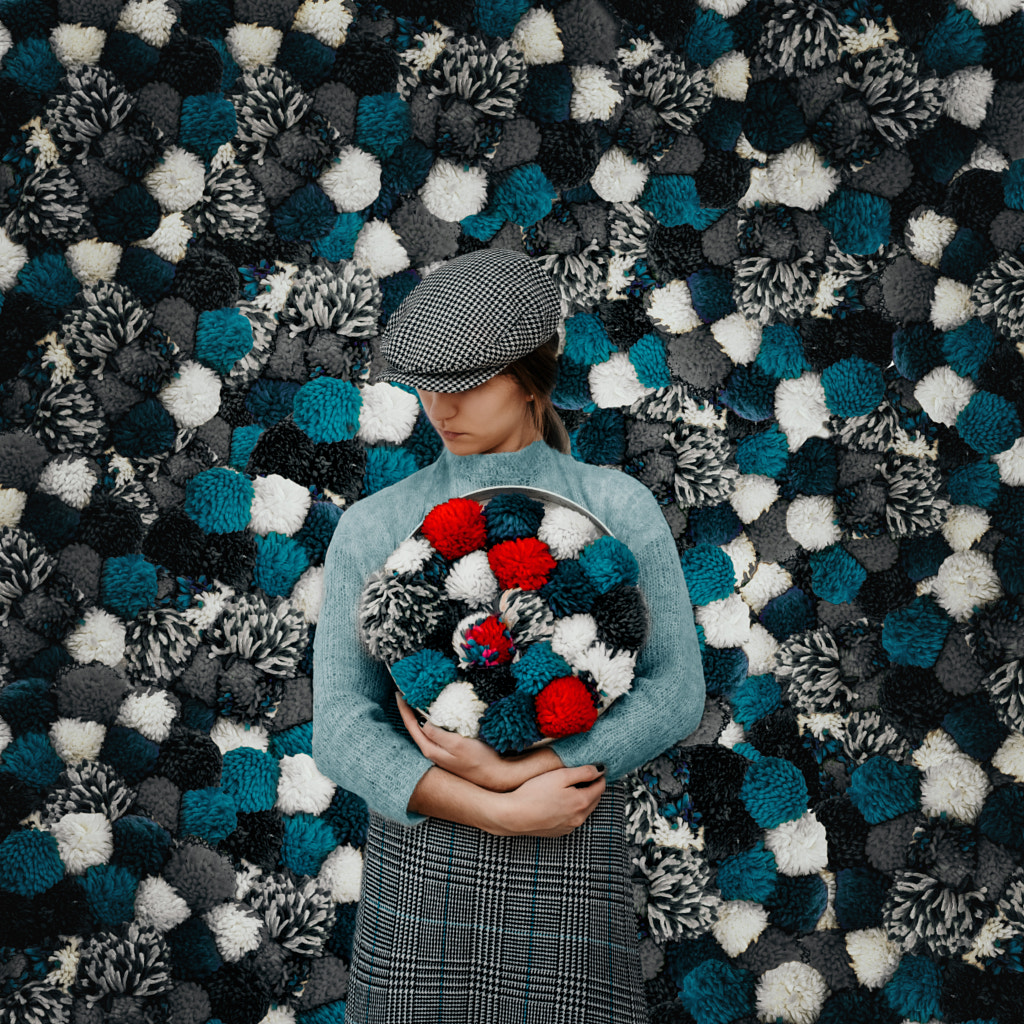
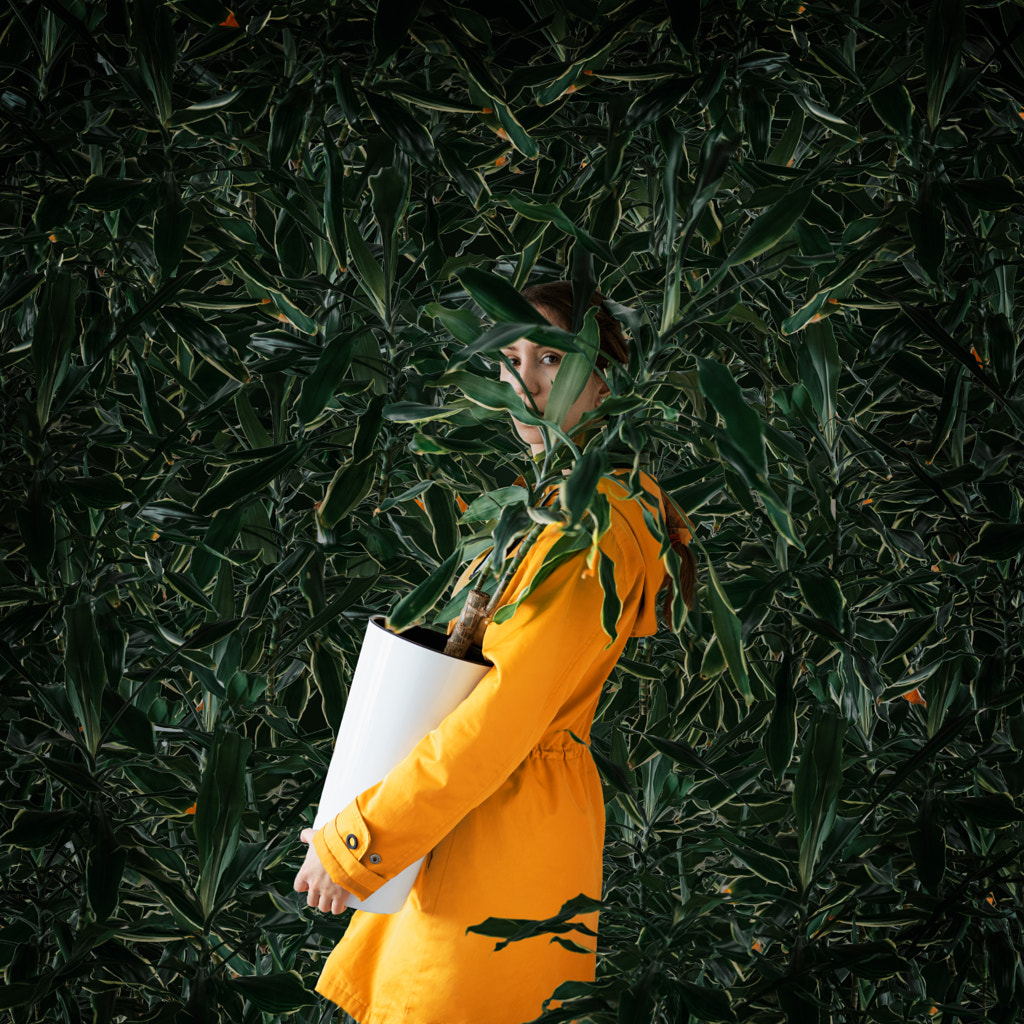

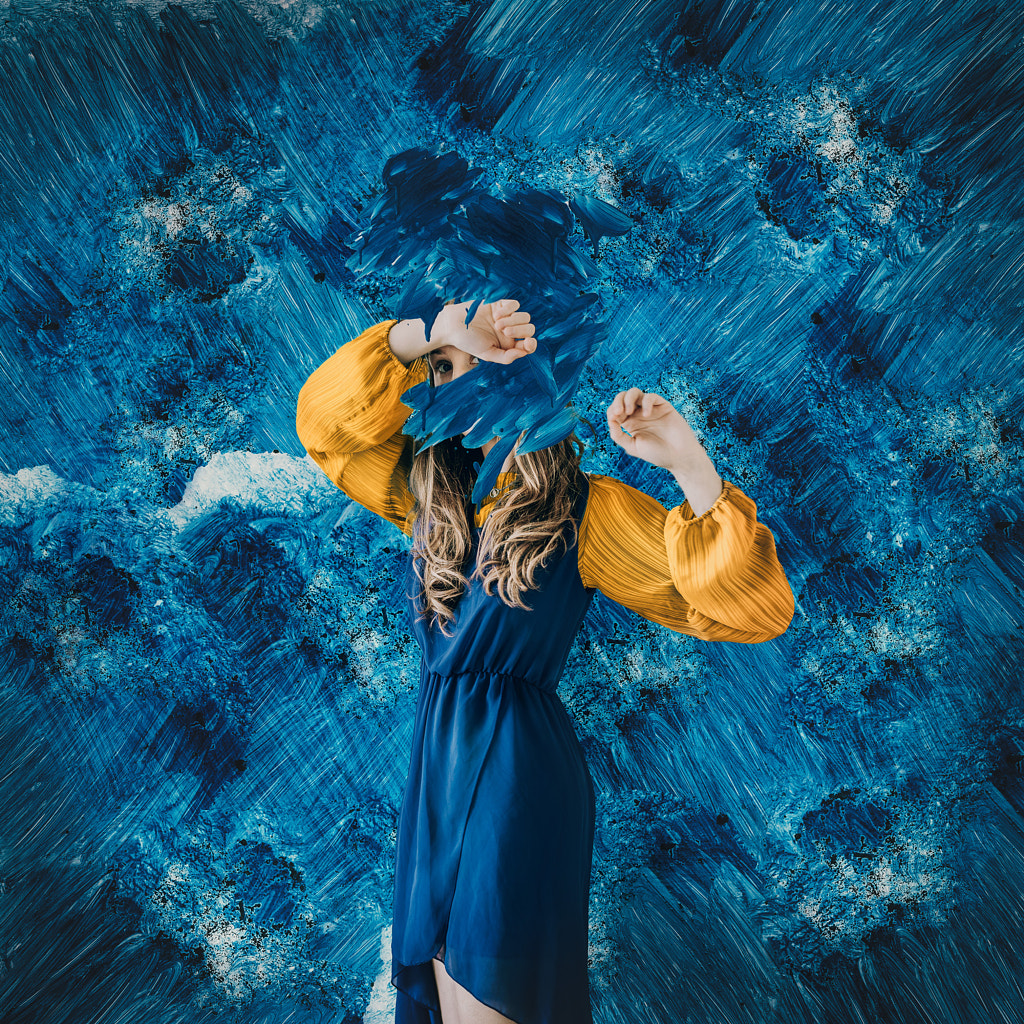



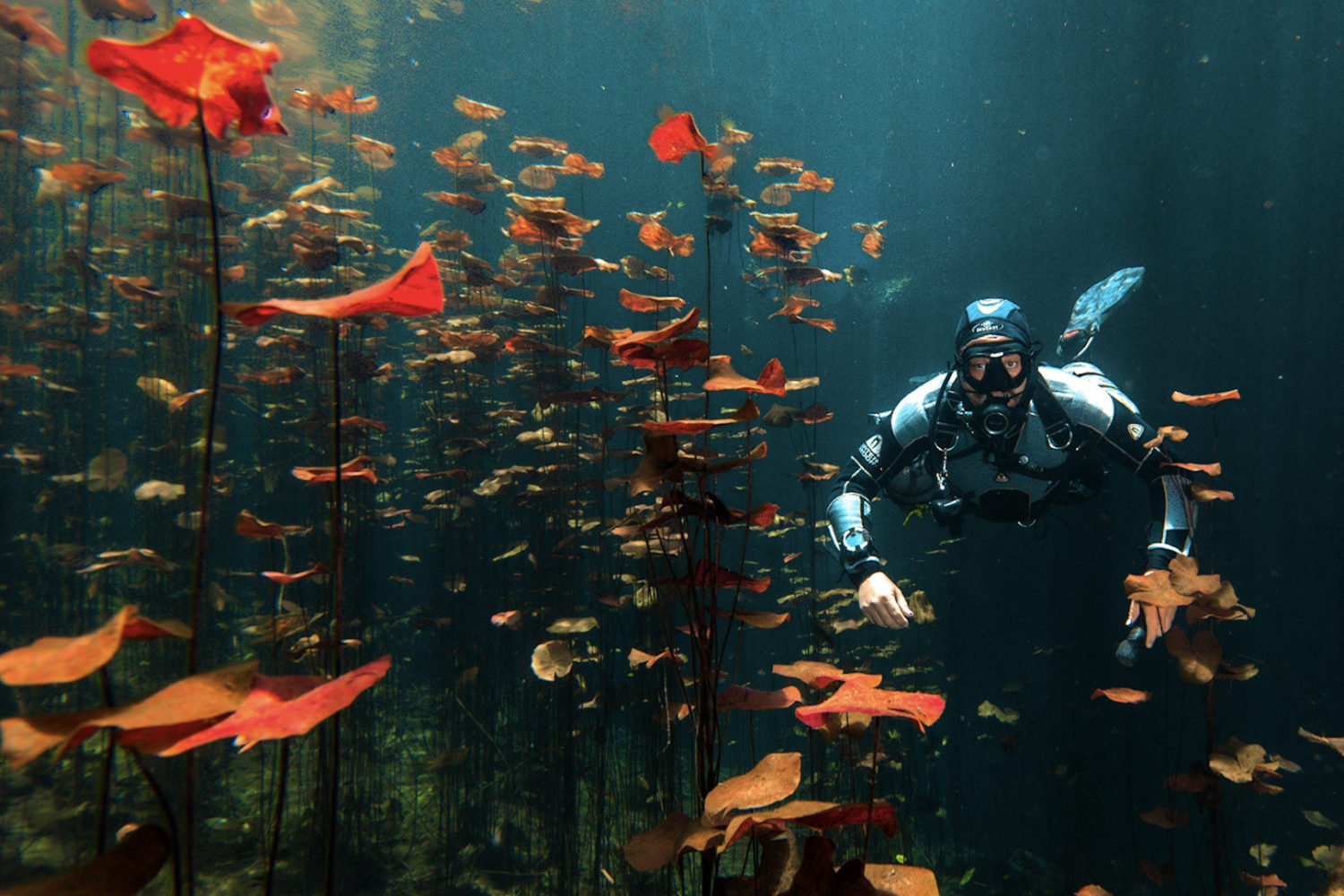
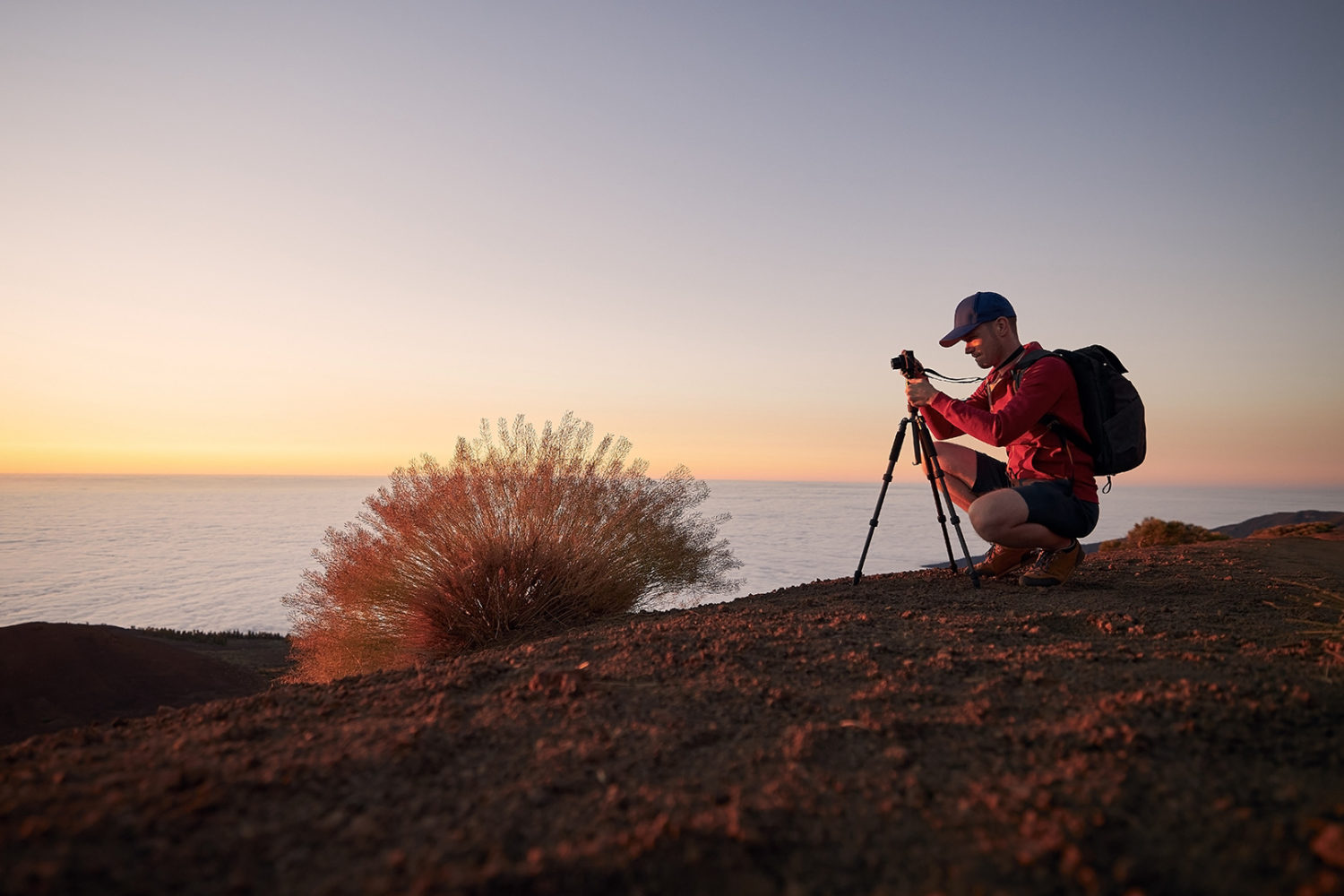
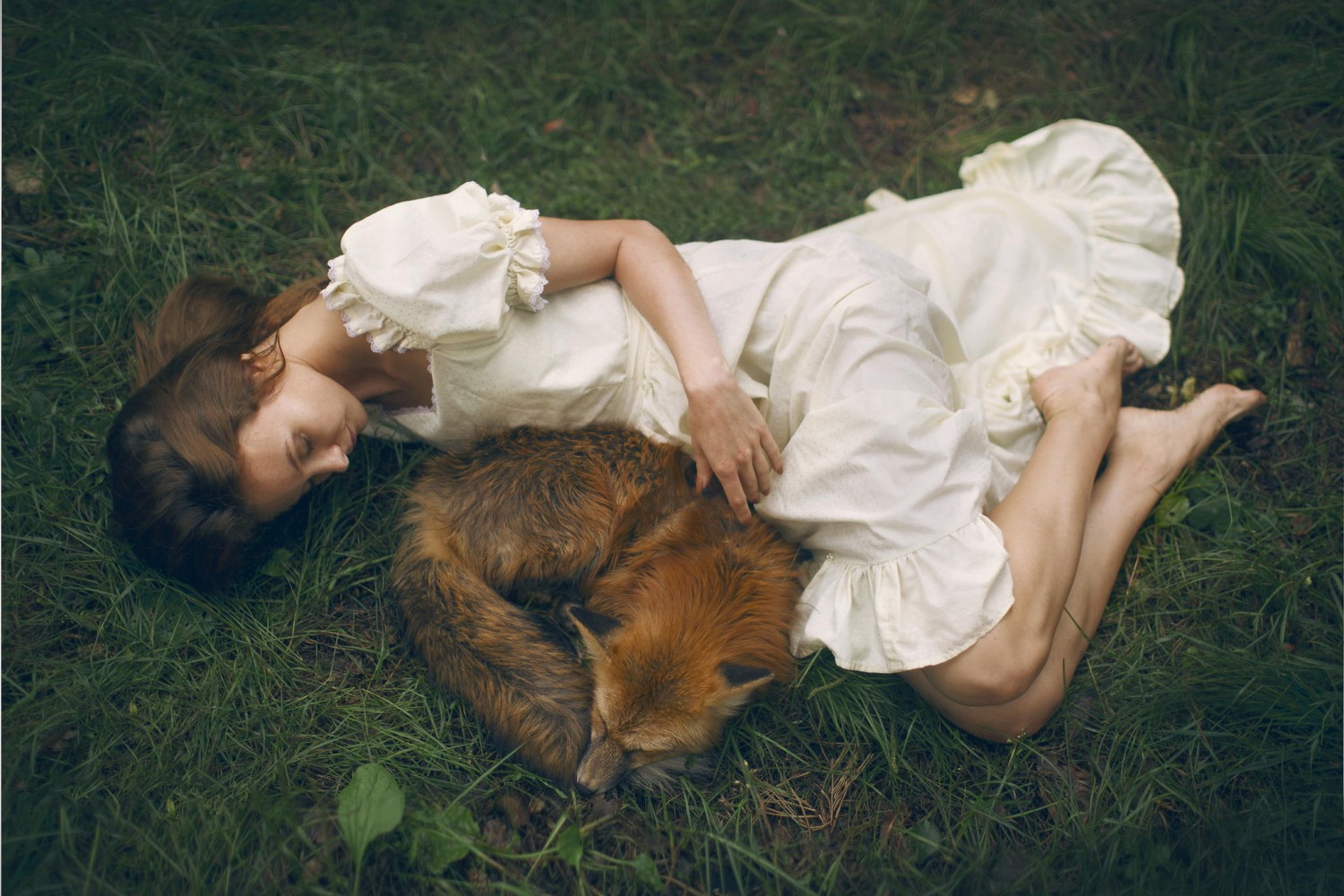


Leave a reply